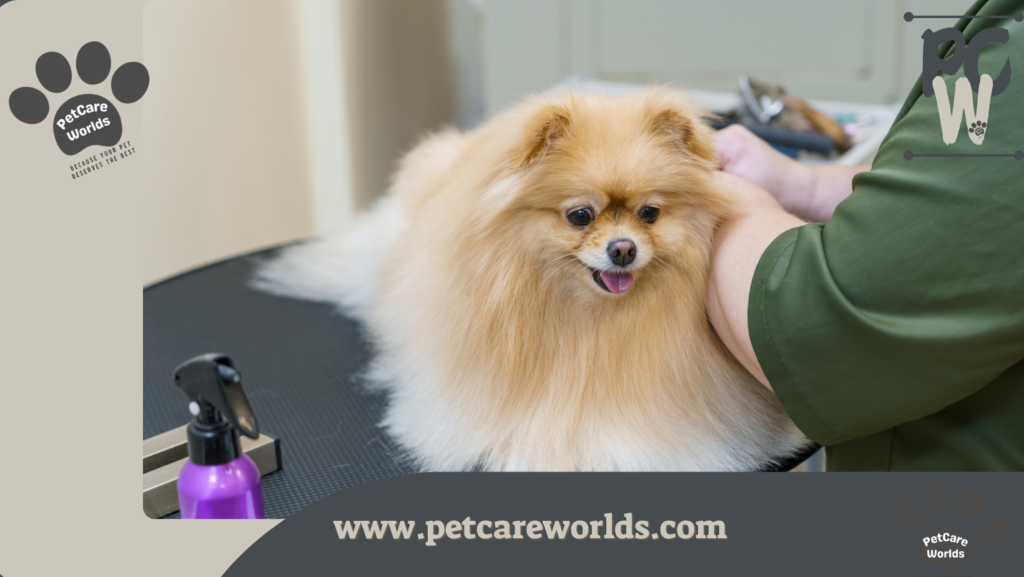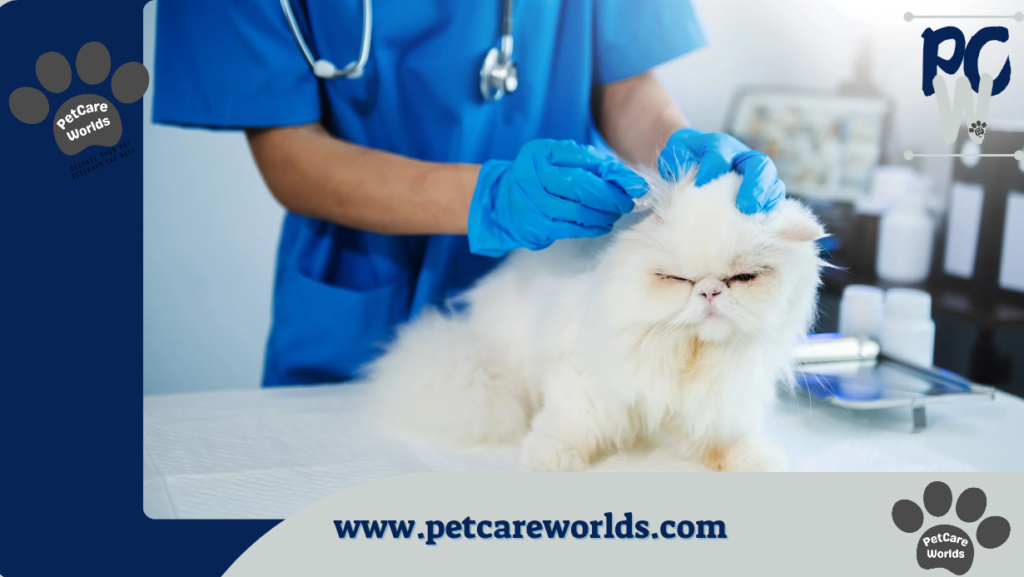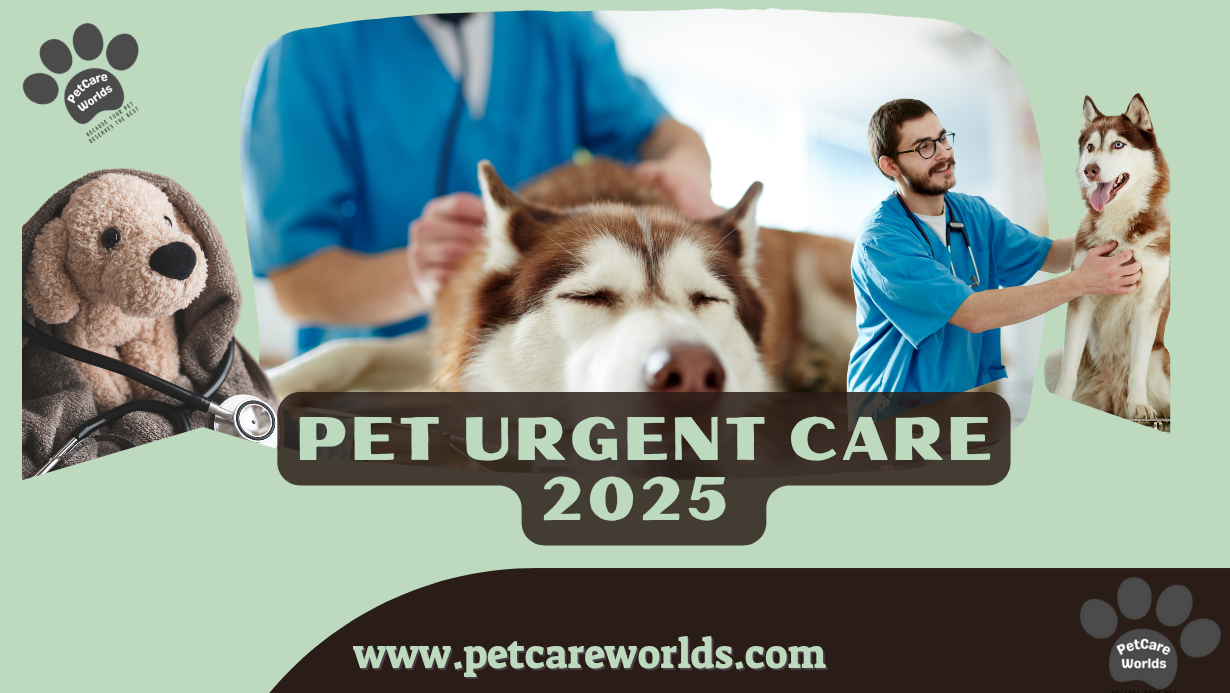Pet Urgent Care – What would you do if disaster struck right now? Would your beloved furry friends be safe? Emergencies don’t come with a warning—fires, hurricanes, floods, earthquakes, even man-made disasters can turn life upside down in an instant. In the chaos, it’s easy to overlook our pets, but leaving them out of emergency plans can lead to heartbreak, injury, or worse. Imagine the fear in their eyes if they were left behind, unsure of where to go or what to do. Your pets rely on you to be their hero. So, how can you make sure they’re protected when the unexpected happens? It all starts with being prepared—because their safety is in your hands. Pet Urgent Care
Introduction to Pet Urgent Care
Emergencies can happen anytime. Pets, like humans, need quick care in critical moments. Pet urgent care is here for those unexpected situations. It bridges the gap between regular vet visits and emergency clinics. Pet Urgent Care
When should you consider urgent care?
- Sudden injuries like cuts or sprains
- Unexpected illnesses or symptoms
- Accidents causing discomfort or pain
Urgent care is designed for non-life-threatening issues. For serious emergencies, head to an animal hospital immediately. Knowing the difference can save time and lives. Pet Urgent Care
Before the Emergency: Prepare Ahead
Emergencies are unpredictable. Preparing in advance can make all the difference. Know your resources and plan for any situation. Taking proactive steps will help reduce stress during an urgent event.
Identifying Potential Disasters in Your Area
Each area has its own risks. Be aware of the common disasters where you live. Floods, earthquakes, or wildfires can affect your pet’s safety. Pet Urgent Care
Consider:
- Local weather patterns
- Emergency alerts in your region
- Past disasters in the area
Ensuring Proper Pet Identification
Identification is crucial for reuniting with your pet. Make sure your pet is always identifiable. Collars with tags and microchips are essential.
- Use updated information on tags
- Microchip your pet for added security
- Ensure collar tags are secure but comfortable
Creating a Pet Emergency Kit
A well-stocked emergency kit is vital. It should include all essentials for your pet’s care.
Include:
- Food and water (enough for 3 days)
- First-aid supplies (bandages, antiseptic)
- Medication your pet needs regularly
- Leash and carrier for transport
Keep the kit in an accessible location, so it’s ready in case of an emergency. Pet Urgent Care
Finding Pet-Friendly Shelters and Resources
In an emergency, knowing where to go matters. Pet-friendly shelters can provide safety.
- Look for shelters with pet accommodations
- Identify local vets offering emergency services
- Research evacuation routes that allow pets

Creating a Comprehensive Pet Evacuation Plan
When disaster strikes, you need a plan. Make sure your evacuation plan includes your pet. Plan your routes and be familiar with local shelters. Pet Urgent Care
- Have a designated meeting point
- Arrange transport for your pet
- Keep your pet’s paperwork easily accessible
Training Your Pets for Evacuation
Pets should be familiar with evacuation procedures. Practice makes things easier in an emergency.
- Train your pet to enter a carrier calmly
- Teach basic commands like “come” or “stay”
- Rehearse evacuation routes at home
Coordinating with Friends and Neighbors
You may not always be home in an emergency. It’s important to have a network.
- Share your evacuation plan with friends and neighbors
- Designate someone to care for your pet if you can’t make it
- Stay connected during emergencies for updates
Emergency Contacts and Vet Resources
In any emergency, having quick access to resources is key.
- Keep vet contact numbers handy
- List local animal hospitals for after-hours care
- Add emergency pet service contacts to your phone’s favorites
During the Emergency
Emergencies are stressful, but staying calm can help you make the right decisions. Your pet depends on you, so keep them secure and follow your emergency plan. Pet Urgent Care
Staying Calm and Keeping Pets Secure
In any emergency, panic can make things harder. Keep a calm demeanor to reassure your pet.
- Secure your pet in a safe place, away from hazards.
- Use a leash or carrier to prevent them from running off.
- Ensure your pet is not exposed to dangerous elements like smoke, debris, or extreme temperatures.
Communicating with Local Authorities and Shelters
Stay updated with information from local authorities. Shelters will provide instructions on where to go.
- Follow evacuation orders and shelter directions.
- Listen to emergency broadcasts or social media updates.
- Communicate clearly with shelter staff about your pet’s needs. Pet Urgent Care
Transportation Tips for Pets
When moving your pet, comfort and safety come first. Make transportation as stress-free as possible.
- Use a sturdy carrier or leash to secure your pet.
- Avoid overcrowding vehicles to ensure comfort.
- Pack essentials such as water, food, and medications for the journey.
Disease Prevention During Natural Disasters
Natural disasters can expose pets to health risks. Keeping your pet safe from diseases is crucial during these times. Pet Urgent Care
Common Pet-Human Diseases (Zoonotic Diseases)
Some diseases can be transmitted between humans and pets. It’s important to prevent the spread of these infections. Pet Urgent Care
- Rabies is one of the most dangerous zoonotic diseases.
- Leptospirosis can spread through contaminated water.
- Ticks and fleas can carry diseases like Lyme disease.
Keeping Pets Protected from Contaminated Water
Contaminated water can pose a serious threat to pets. Ensure your pet doesn’t drink from unsafe sources.
- Boil water or use bottled water if unsure of the safety.
- Keep your pet away from floodwaters or stagnant pools.
- Disinfect water bowls regularly to prevent contamination.
Preventing Flea, Tick, and Mosquito-Borne Diseases
Fleas, ticks, and mosquitoes are carriers of harmful diseases. Protect your pet during and after a disaster.
- Use vet-approved flea and tick preventatives.
- Avoid areas where mosquitoes breed, such as stagnant water.
- Keep your pet’s coat clean and free of pests by checking regularly.
After the Emergency: Reintegrating Your Pet
Once the emergency is over, focus on your pet’s reintegration. Returning home and adjusting to normal life requires patience and care. Pet Urgent Care
Returning Home Safely
Returning to your home should be done carefully. Make sure everything is safe for your pet.
- Check for damaged structures or dangerous debris.
- Clean up areas that may have been contaminated by floodwaters or chemicals.
- Reintroduce your pet to the home gradually, ensuring they are comfortable.

Watching for Behavioral Changes
Your pet may act differently after a traumatic event. Watch for signs of stress or fear.
- Aggression, anxiety, or hiding can be signs of distress.
- Provide a calm, quiet space for your pet to feel secure.
- Use positive reinforcement to help your pet adjust. Pet Urgent Care
Contacting a Veterinarian for Health Checks
Even if your pet seems fine, a health check is crucial. Contact your vet for a post-emergency evaluation.
- Schedule a vet visit to check for any hidden injuries or illnesses.
- Discuss any behavioral changes with your vet.
- Ensure your pet is up to date on vaccinations to prevent diseases.
Pet Urgent Care Table
Here’s a quick guide to what you can do in various emergency situations involving your pet:
| Situation | First Aid Steps | When to Seek Professional Help |
|---|---|---|
| Choking | Gently open mouth to check. If possible, remove the object. Perform the Heimlich maneuver if trained. | If the object cannot be removed or the pet is struggling to breathe. |
| Bleeding | Apply pressure with a clean cloth. Elevate the injured area if possible. | If bleeding doesn’t stop after a few minutes or if the wound is deep. |
| Poisoning | Identify the substance, and call a poison control helpline. Do NOT induce vomiting unless instructed. | If the pet’s condition worsens, or the toxin is unknown. |
| Heatstroke | Move the pet to a cool place, offer water, and use a fan. Apply cold compresses. | If the pet is unresponsive, has difficulty breathing, or seems disoriented. |
| Fractures | Immobilize the affected limb, and avoid moving the pet excessively. | If the bone is visibly broken or the pet cannot move the limb. |
| Severe Allergic Reaction | Administer antihistamines if prescribed, and monitor for swelling. | If swelling worsens, breathing becomes labored, or the pet becomes unconscious. |
| Severe Vomiting/Diarrhea | Keep the pet hydrated with small amounts of water. Monitor for signs of dehydration. | If vomiting or diarrhea persists for more than 24 hours, or if blood is present. |
This table serves as a quick guide for pet emergency care. Always contact a veterinarian if you are unsure or if the situation seems severe.
Pet Urgent Care: Frequently Asked Questions
1. What should I do if my pet requires urgent medical care?
If your pet is in urgent need of medical attention, try to stay calm. First, assess the situation and use first aid techniques if necessary. If the condition seems serious, take your pet to the nearest veterinary clinic or contact emergency veterinary services.
2. What should I do if my pet is choking?
If your pet is choking, attempt to open their mouth and carefully remove any visible obstruction. If you cannot remove the object and your pet is unable to breathe, perform the Heimlich maneuver or seek immediate veterinary assistance.
3. What should I do if I suspect my pet has been poisoned?
In the case of poisoning, identify the substance your pet may have ingested and contact your veterinarian or an emergency animal poison hotline immediately. Avoid inducing vomiting unless instructed by a professional.
4. How can I tell if my pet is in pain during an emergency?
Signs of pain in pets can include whining, limping, excessive panting, or changes in behavior. If you notice these signs, it’s essential to get immediate veterinary care.
5. Can I administer first aid to my pet at home?
Yes, basic first aid like bandaging wounds or applying pressure to stop bleeding can be done at home. However, always consult with a veterinarian for advice and take your pet to the clinic for further treatment if necessary.
6. Should I have an emergency plan in place for my pet?
Yes, having a pet emergency plan is crucial. It should include details like veterinarian contacts, an evacuation plan, and an emergency pet kit to ensure you’re prepared in case of a disaster.
Conclusion
Pet urgent care is vital for your pet’s well-being in emergencies. Always have a preparedness plan and access to veterinary support. Quick action can save lives.





